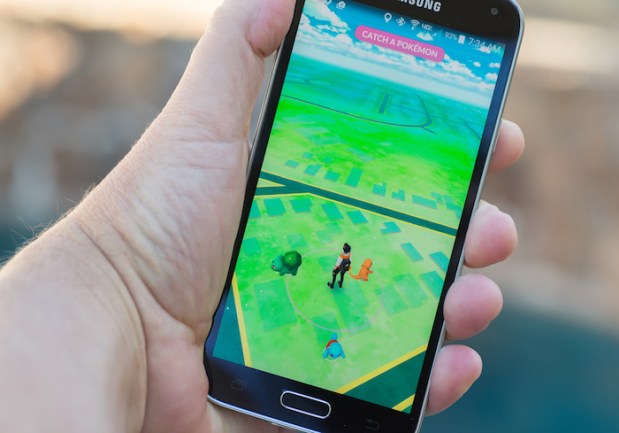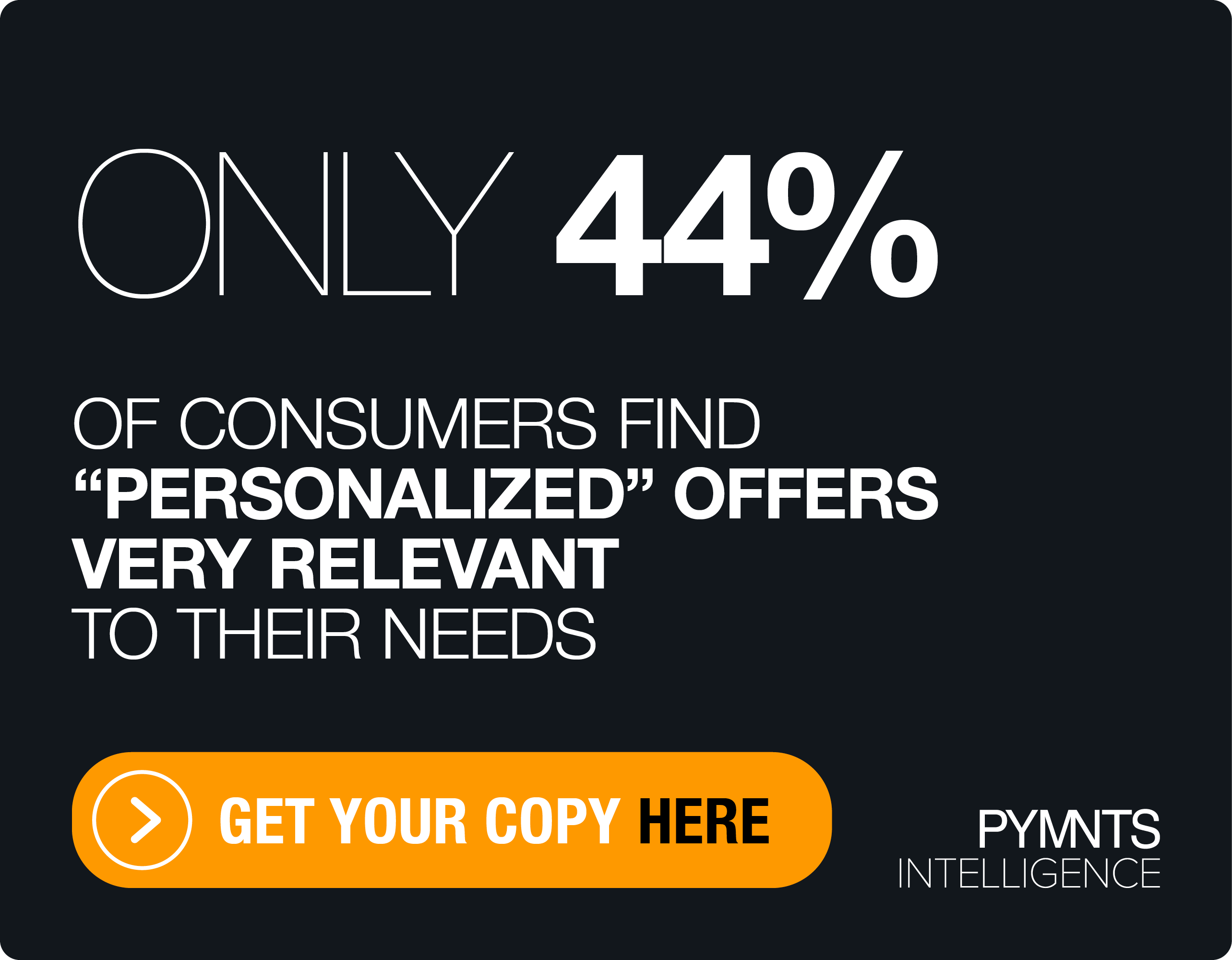The Unlikely Retail Applications Of Pokémon GO

For years, retailers have lamented the fact that mobile traffic so rarely translates in equal numbers to in-store traffic. An entire industry has even sprung up around leveraging digital engagement into visits to brick-and-mortar store fronts. Retailers spend millions — and would gladly spend millions more — if there was some sure-fire way to turn consumers’ phones into magnets that pull toward their stores.
Last weekend, Nintendo and game developer Niantic handed retailers a veritable golden gun on that front, and if merchants are flexible enough to jump into the world of Pokémon GO, the number of users on the app promises big returns.
First, a quick primer on Pokémon GO, as well as why so many people seem to be going head-over-heels for it. At its core, Pokémon GO attempts to recreate the experience of exploring and catching critters to then train and fight others, and it does this by prompting players to walk around their neighborhoods and cities while their avatars traipse along a stylized, Google Maps-like version of their surroundings. Pokémon can be found anywhere, with more powerful ones appearing in parks and other grassy areas.
In short, Pokémon GO has finally managed to create a direct link between mobile activity and brick-and-mortar boots on the ground — go here, collect reward. “So what?” says the cynical B&M merchant. So what is that, in one weekend of availability on both Android and iOS, Pokémon GO has already been downloaded on two times as many phones as the dating app Tinder, and SimilarWeb estimated that, in a few more days, it’ll boast more daily active users than Twitter itself.
That’s all well and good for the makers of Pokémon GO, but how do B&M retailers figure into the process of catching them all? The answer lies in what the game refers to as “gyms” and “PokéStops” — real-world locations, places of interest or businesses that players can travel to for specific bonuses or challenges against other players. As Forbes noted, these can be libraries, famous intersections and local monuments, and if there’s one nearby, you can be sure that a good percentage of customers shuffling by with their heads in their phones are there for some Pokémon hunting.
Pokémon GO also offers retailers a subtle way of drawing more players to their locations specifically. In-app purchases of items known as “Lure Modules” artificially inflate the number and strength of digital creatures around a specific PokéStop, and when one is active, it plays a vibrant animation on players’ maps. It’s not enough to get them into the store, but it’s more than enough to get people in the area.
But it would seem that, for all the promise Pokémon GO brings to B&M retailers in search of a link between the digital and physical worlds, merchants are simply out of luck if there’s no gym or PokéStop nearby that they can leverage the traffic from. Fortunately, for these out-of-the-way retailers, Niantic Product Manager Brandon Badger let slip in a 2014 interview on Pokémon GO’s spiritual predecessor that his company hoped to let retailers have a say in how these locations were chosen.
“I think that we hope to end up with a model where, potentially, there could be a cost-per-visit-type model where large brands, and small brands as well, could sponsor different elements of the game, with the end of interacting with players and really tapping into that enthusiasm of players,” Badger told GamesIndustry.biz.
It’s a bit of a catch-22. The more popular the app is, the more people that will play it and the harder it will be to get them to browse a store. However, retailers have been clamoring for a leverageable link between their mobile ecosystems and their in-store operations, and though Pokémon GO certainly wasn’t the hand they wanted or even expected, it’s the one they’ve been dealt.
